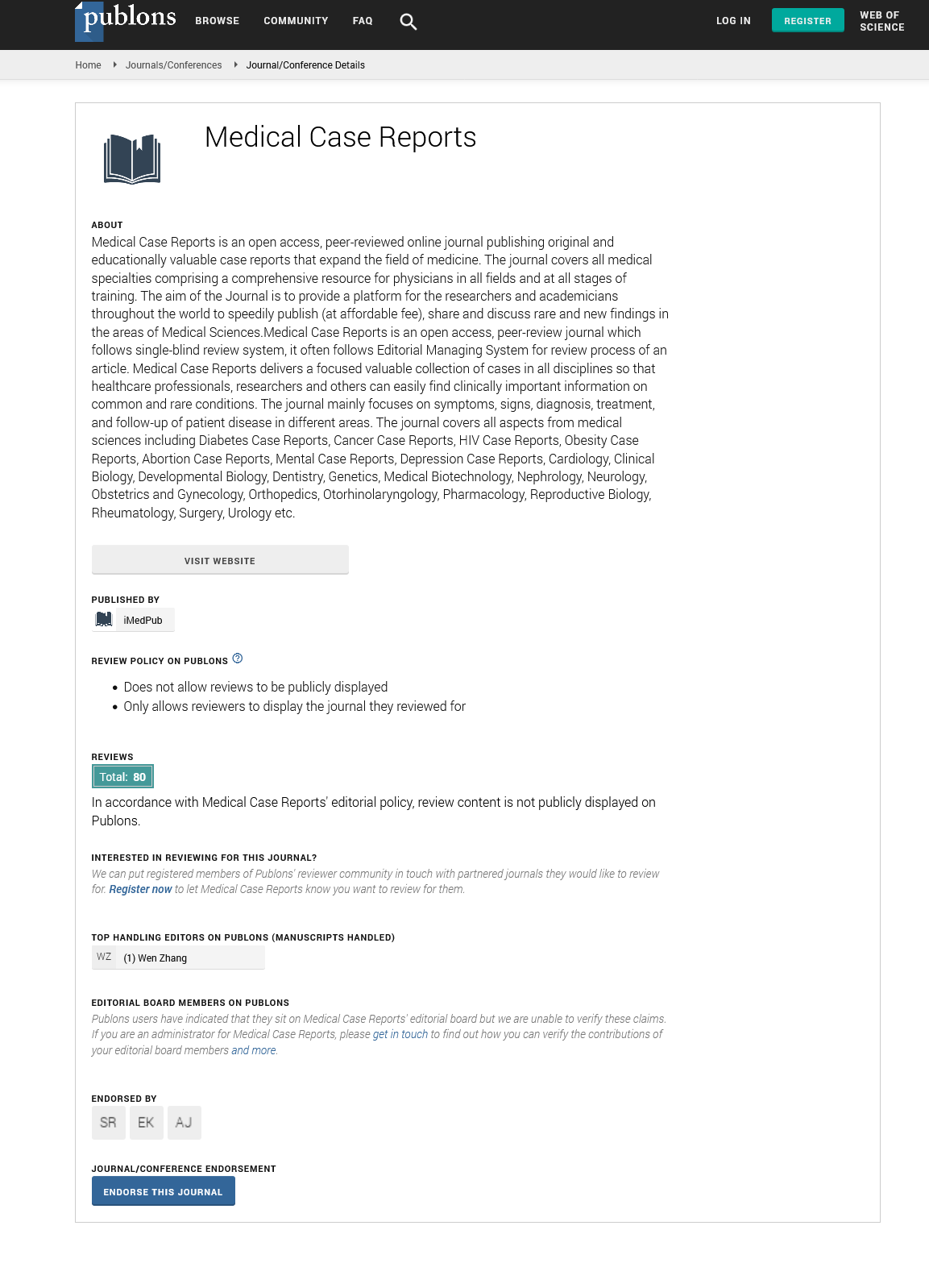Abstract
Symptomatic Pulmonary Arteriovenous Malformations in a 10 Year-Old Boy –A Case Report
Introduction: Pulmonary arteriovenous malformation (PAVM) is a rare cardiovascular anomaly and represents direct communications between the branches of pulmonary artery and pulmonary veins, without an intervening pulmonary bed. The incidence of PAVM is 2–3 per 100,000 population. The male to female ratio varies from 1:1.5 to 1.8. A clinical manifestation may be from asymptomatic to severe hypoxia.
Case presentation: A ten years old boy was admitted to a regional hospital because the mother noticed that the boy was slower in the game at the teacher noticed that the boy was slower and could not lift his eyes up of clinical and laboratory examinations have been shown polycythemia, and cyanosis, bat-like appearance of the fingers and polycythemia, RTG chest and CT have claimed AV malformation of the lower left lobes with the feeding artery Neurologic symptoms may be the presenting symptoms in up to 40% of patients. The patient was successfully treated with left lower lobectomy. Early post-operative recovery has been successful. Later checkups showed better blood saturation with oxygen, the same polycythemia, and a better clinical condition.
Discussion and Conclusion: If the etiology of the hypoxemia often remains unclear pulmonary AVM should be considered. The diagnosis needs to be confirmed with a CT scan that should identify the food artery. If the AV malformation occupies large part of the lobe, a reasonable treatment options should be lobectomy. Longterm follow up, including chest CT examinations every 1 to 2 years, is recommended.
Author(s):
Karavdić K, Pilav I, Guska S, Begić Z, Mešić A, Krstić S and Udovičić-Gagula D
Abstract | Full-Text | PDF
Share this

Google scholar citation report
Citations : 241
Medical Case Reports received 241 citations as per google scholar report
Medical Case Reports peer review process verified at publons
Abstracted/Indexed in
- Google Scholar
- China National Knowledge Infrastructure (CNKI)
- Cosmos IF
- Directory of Research Journal Indexing (DRJI)
- WorldCat
- Publons
- Secret Search Engine Labs
- Euro Pub
Open Access Journals
- Aquaculture & Veterinary Science
- Chemistry & Chemical Sciences
- Clinical Sciences
- Engineering
- General Science
- Genetics & Molecular Biology
- Health Care & Nursing
- Immunology & Microbiology
- Materials Science
- Mathematics & Physics
- Medical Sciences
- Neurology & Psychiatry
- Oncology & Cancer Science
- Pharmaceutical Sciences


